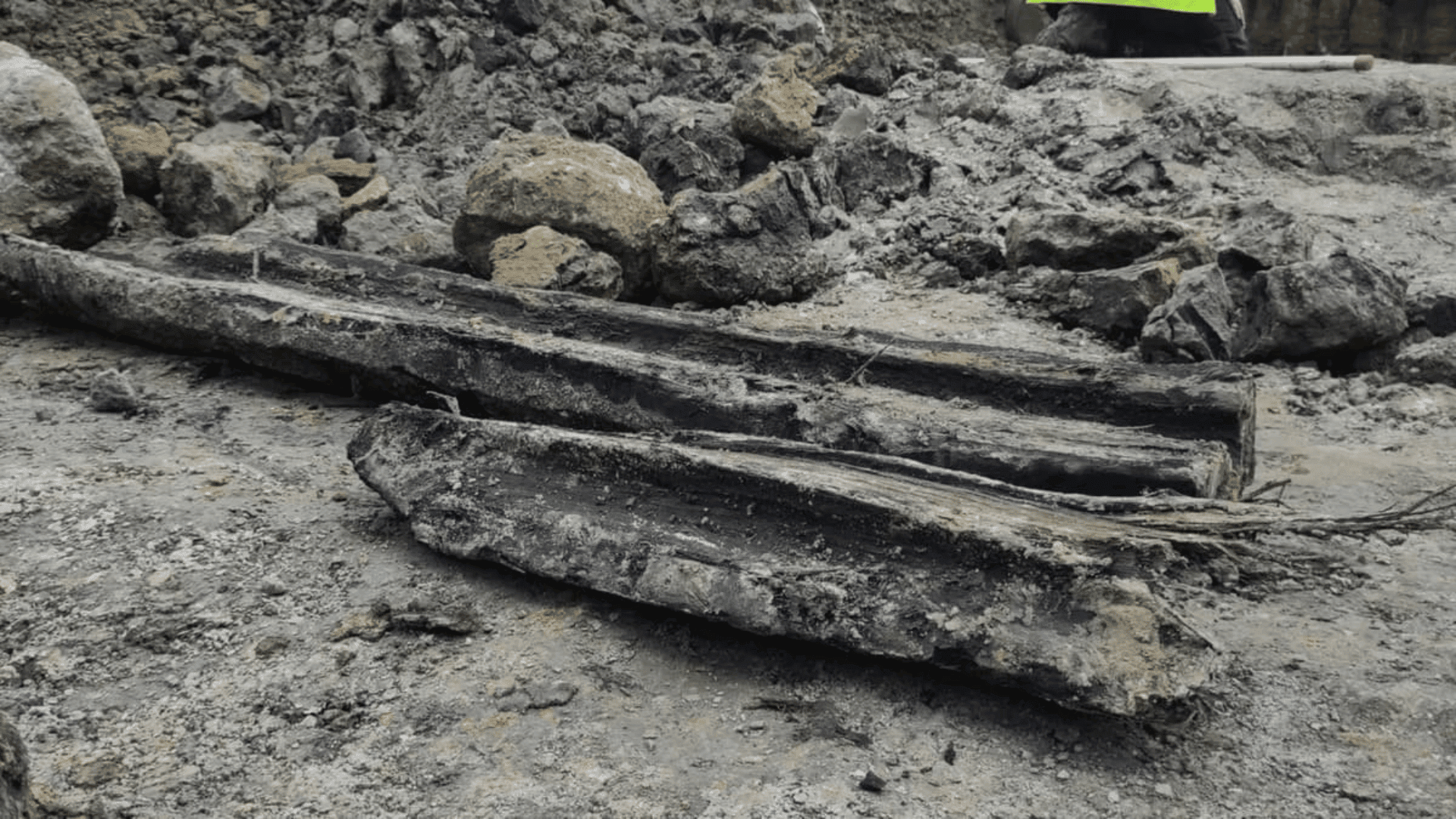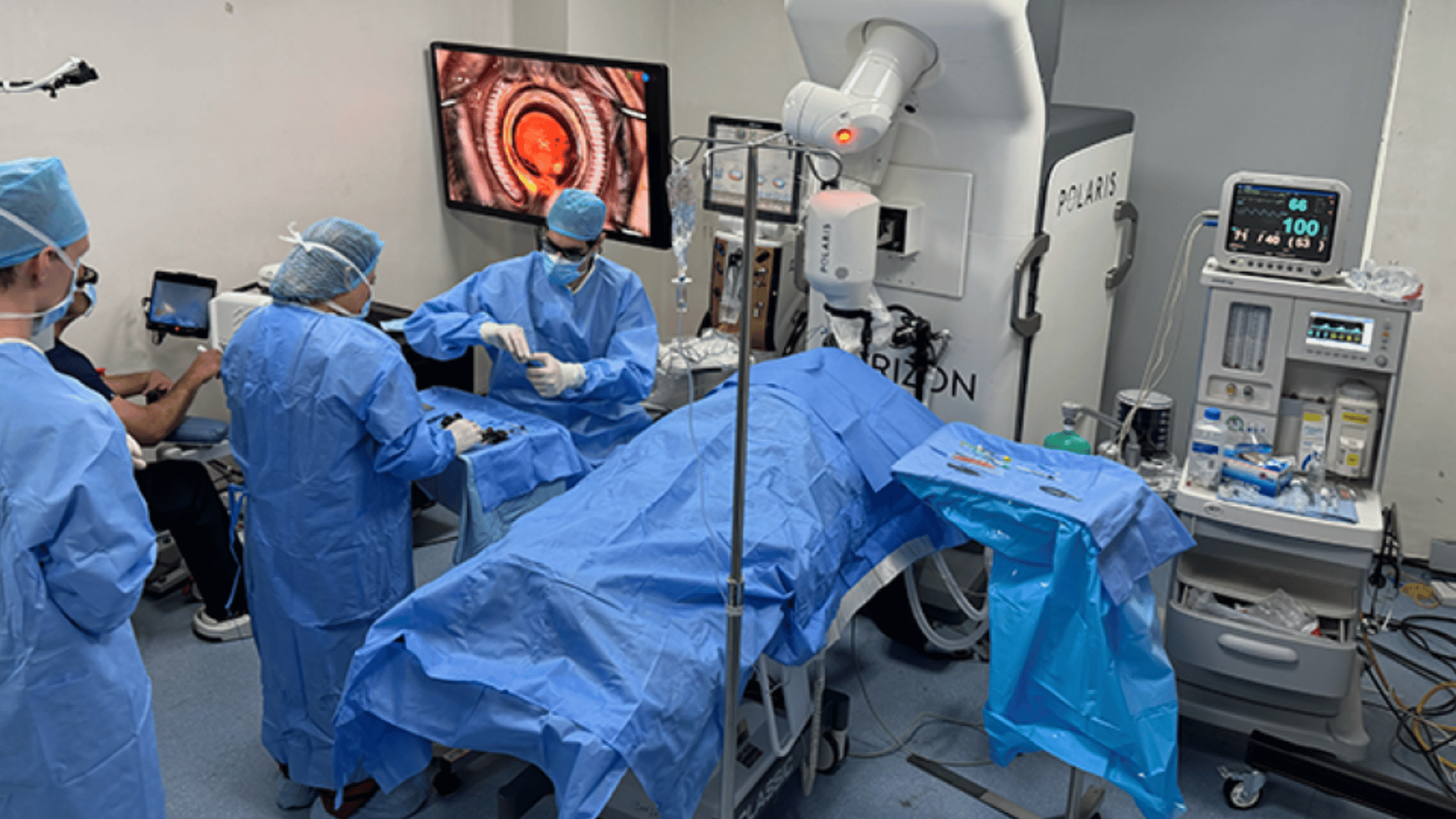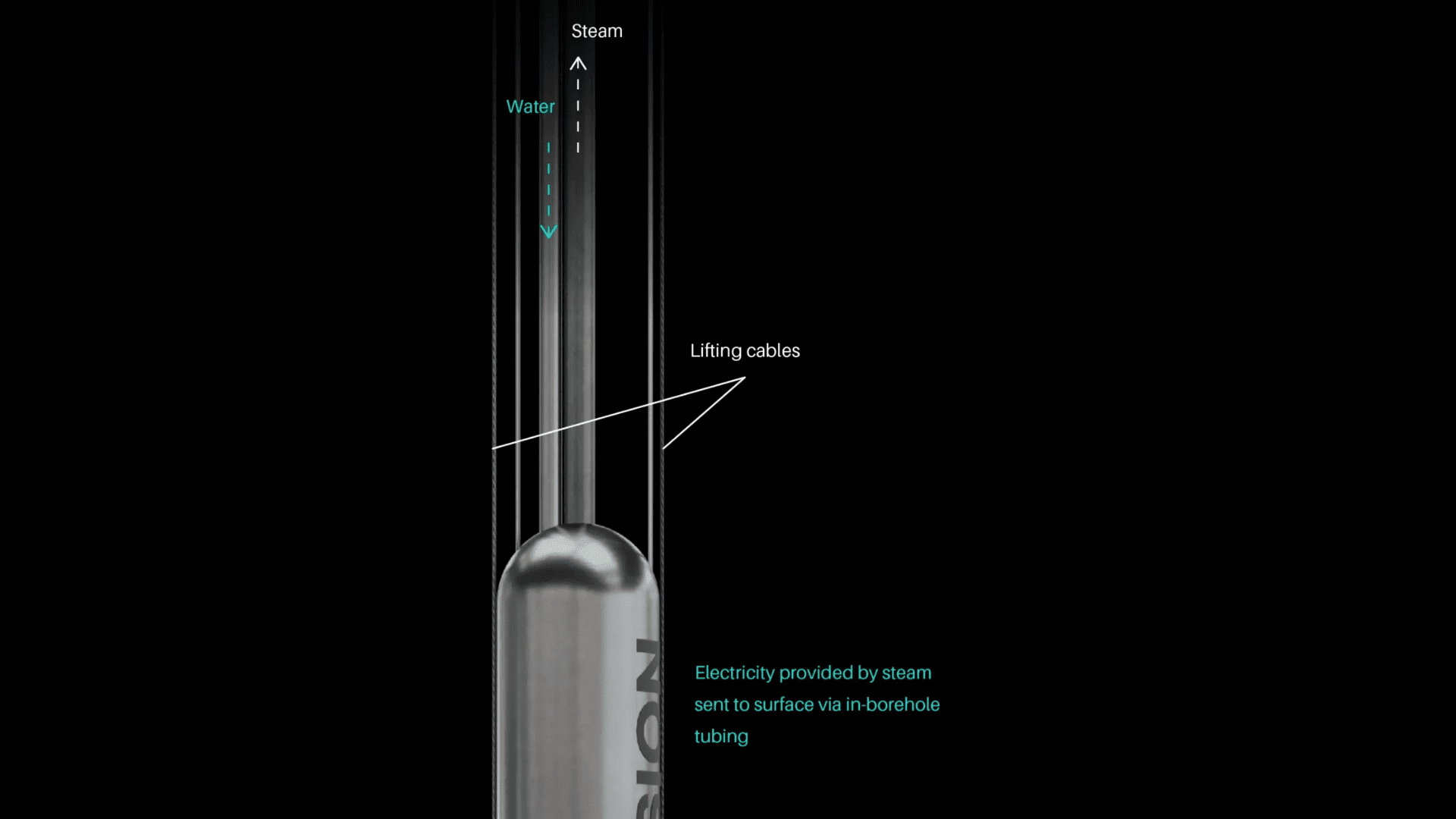Archaeologists uncovered a rare piece of Roman history while digging through soil at the Blauwe Hoek on Brusselsestraat – a well-preserved wooden water pipe.
Roman Engineering

Described by the city council in a press release as “a unique find”, this was the first physical evidence that wooden water pipes existed in this region. The marshy soil in Leuven preserved the organic circuit over time.
Originally discovered by construction workers while building a new student residence, the find suggests that the area was once a thriving Roman settlement. The pipe is thought to date between the first and third centuries, as that would be the most likely period where this type of advanced engineering would have existed.
According to Archaeology Magazine, the pipeline was constructed from hollow tree trunks measuring six feet each. It was located 13 feet beneath the Earth and stretched 65 to 100 feet long.
“Indications of what used to be a wooden Roman water pipe have been excavated at numerous locations, including Tienen. But never the water pipe itself, because the wooden tree trunks that the Romans used for this had rotted away over time. “Due to the proximity of the Dijle, the subsoil here was always marshy and the ravages of time have been very gentle on this water pipe,” explains Alderman for Immovable Heritage Dirk Vansina in a press release.
Vansina stated that Leuven was a settlement of several houses and farms at a crossroads close to a military road during the second and third centuries AD, according to Interesting Engineering. The area where the pipe was discovered was likely at the crossroads where Dijle resided, which allowed the pipe to be preserved.
The discovery of the pipes surprised archaeologists as it implied the existence of a more advanced water management system, which could mean the town had a higher status than previously believed. The pipes have since been removed from the ground for further study.
“Although the size of Leuven in Roman times was limited, finds like this prove that the Roman presence here was certainly not incidental,” said Dirk Vansina, told Archaeology News.







